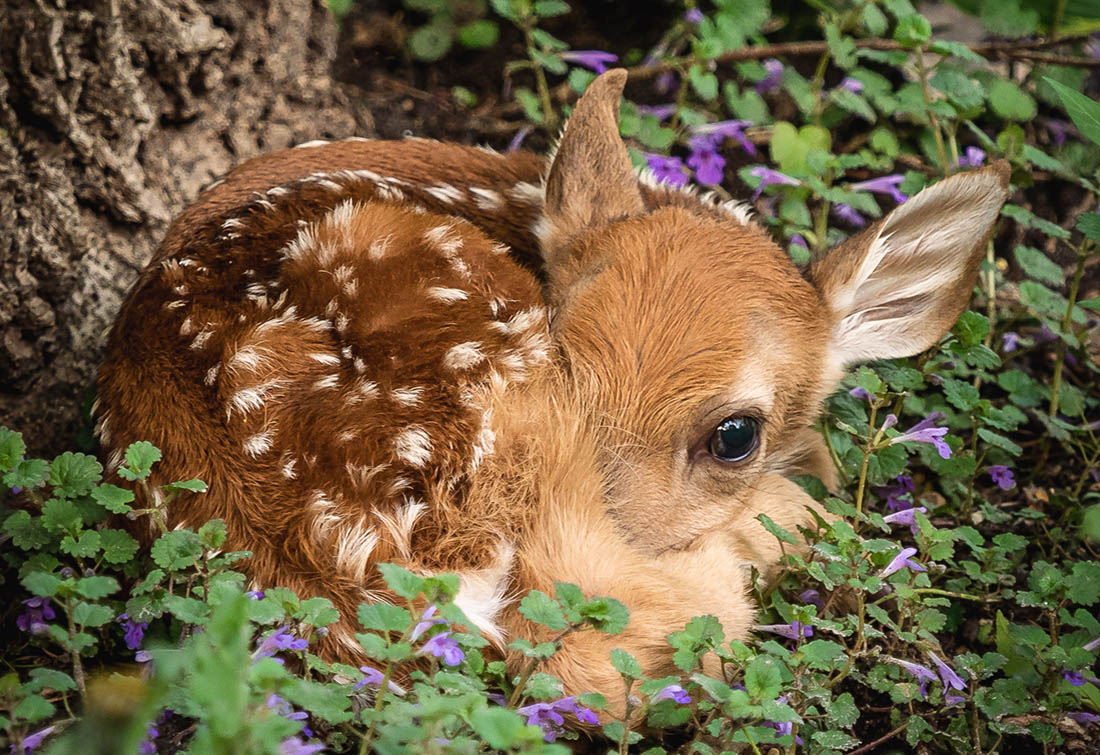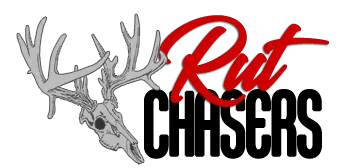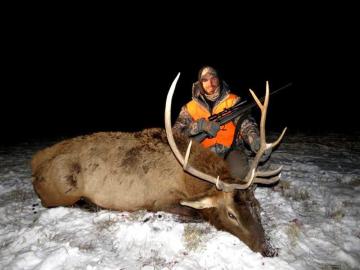
The Gestation Period and Birth of Fawn Whitetail Deer in Ohio
If you're like us, you'll soon be obsessed with the upcoming whitetail deer hunting season in Ohio. After all, it's almost that time to get the trail cams out! That said, many of us have our minds on other things right now. For many, turkey season has ended, and they are pulling the boat out to cast a few lines.
Even though deer are kind of forgotten this time of year, there is some amazing stuff happening in the woods right now. Does are giving birth to the next generation of bucks and does. The gestation period and birth of fawn whitetail deer are fascinating processes that play a crucial role in the life cycle of these animals. This article delves into the details of the gestation period, birth, diet, and interesting facts about the mother doe and her fawns during the critical periods right after birth, throughout summer, and into the first fall hunting season.
Gestation Period
The gestation period for whitetail deer typically lasts about 200 days, or roughly six and a half months. Breeding occurs in the fall, with the peak of the rut (mating season) happening in November. During this time, bucks are highly active, seeking out does to breed. Once a doe is successfully bred, the gestation period begins.
Throughout the gestation period, the doe's body undergoes significant changes to support the developing fawn(s). The doe's nutritional needs increase, and she will seek out high-quality forage to ensure she is providing the necessary nutrients for her growing offspring. As the gestation period progresses, the doe's abdomen will become noticeably larger, and she will begin to prepare for the birth of her fawns.
Birth of Fawns
Fawns are typically born in late May or early June, after the doe has carried them for approximately 200 days. The timing of the birth is crucial, as it coincides with the abundance of food resources in the spring and early summer, which helps ensure the survival of the fawns. A doe will usually give birth to one to three fawns, with twins being the most common.
The birth process is relatively quick, often taking only a few hours. The doe will seek out a secluded and safe location, such as dense vegetation or tall grass, to give birth. This helps protect the vulnerable fawns from predators. Once the fawns are born, the doe will clean them by licking, which helps stimulate their breathing and circulation.
Diet of Fawns
In the first few weeks of life, fawns rely entirely on their mother's milk for nutrition. Doe's milk is rich in fat and protein, providing the essential nutrients needed for rapid growth and development. During this time, the doe will leave her fawns hidden in a safe location while she goes out to forage for food. This behavior helps reduce the risk of predators detecting the fawns.
As the fawns grow, they will begin to explore their surroundings and nibble on vegetation. By the time they are about two to three months old, they will start to transition to a diet that includes more solid foods. Fawns will eat a variety of plants, including grasses, forbs, leaves, and fruits. These types of foods are abundant in places like Ohio, which helps provide the nutrition they need to develop and grow strong. This diverse diet helps them develop the necessary skills to forage for food on their own.
Interesting Facts About the Mother Doe and Fawns
- Maternal Bond: The bond between a mother doe and her fawns is incredibly strong. The doe is highly protective of her fawns and will go to great lengths to ensure their safety. She will often use distraction techniques, such as running in the opposite direction, to draw predators away from her hidden fawns.
- Camouflage: Fawns are born with a reddish-brown coat covered in white spots. This spotted pattern provides excellent camouflage, helping the fawns blend into their surroundings and avoid detection by predators.
- Rapid Growth: Fawns grow rapidly in their first few months of life. By the time they are three to four months old, they can weigh between 50 to 70 pounds. This rapid growth is essential for their survival, as it helps them become more agile and better able to escape from predators.
- Weaning: Fawns are typically weaned by the time they are three to four months old. However, they will continue to stay with their mother and learn important survival skills for some time.
Mother Doe's Behavior After Birth
After giving birth, the mother doe exhibits several behaviors that are crucial for the survival and well-being of her fawns. These behaviors are instinctual and demonstrate the doe's dedication to her offspring.
Immediate Care
Immediately after birth, the mother doe will clean her fawns by licking them. This action serves multiple purposes: it removes any birth fluids that might attract predators, stimulates the fawns' breathing and circulation, and helps the fawns bond with their mother. The doe's licking also helps to dry the fawns' coats, which is essential for maintaining their body temperature.
Seclusion and Protection
The mother doe will seek out a secluded and safe location to give birth and keep her fawns hidden. This location is often in dense vegetation or tall grass, which provides natural camouflage for the fawns. The doe will leave her fawns hidden in this safe spot while she goes out to forage for food. This behavior reduces the risk of predators detecting the fawns, as the doe's movements can draw attention away from them.
Teaching Survival Skills
As the fawns grow and become more mobile, the mother doe will begin to teach them essential survival skills. These skills include how to find food, recognize danger, and navigate their habitat. The doe will lead her fawns to different foraging areas and demonstrate how to identify and consume various plants. She will also teach them to be alert and cautious, helping them learn to detect and avoid predators.
Protective Behavior
The bond between the mother doe and her fawns is incredibly strong, and the doe is highly protective of her offspring. She will use distraction techniques to draw predators away from her fawns, such as running in the opposite direction or making loud noises. The doe will also stay close to her fawns, keeping a watchful eye on them and intervening if they are in danger.
Weaning and Independence
Fawns are typically weaned by the time they are three to four months old. However, they will continue to stay with their mother and learn important survival skills until they are about six months old. During this time, the fawns will gradually become more independent, exploring their environment and foraging for food on their own. The mother doe will still provide guidance and protection, but the fawns will start to rely more on their own abilities.
Summer and First Fall Hunting Season
During the summer months, fawns continue to grow and develop under the watchful eye of their mother. They become more independent and start to explore their environment more extensively. The doe will teach her fawns essential survival skills, such as how to find food, recognize danger, and navigate their habitat.
As summer transitions into fall, the fawns' diet will shift to include more acorns, nuts, and other high-energy foods that are abundant during this time. This helps them build up fat reserves to prepare for the winter months. The fawns' coats will also change, becoming thicker and more suited to the colder weather.
The first fall hunting season is a critical time for young fawns. They must rely on the skills they have learned from their mother to avoid predators. The doe will continue to protect and guide her fawns, but they will need to become increasingly self-sufficient as they approach their first winter.
Conclusion
The gestation period and birth of fawn whitetail deer in Ohio are remarkable processes that highlight the resilience and adaptability of these animals. From the moment they are born, fawns face numerous challenges, but with the guidance and protection of their mother, they have a strong chance of survival. Understanding the life cycle of whitetail deer, including their diet and behavior, provides valuable insights into the natural world and the importance of conservation efforts to protect these magnificent creatures.
Here at Rut Chasers, LLC, we are passionate about whitetail deer and realize they are amazing, resilient animals. It is our commitment to be smart stewards of the magnificent creatures so that we can enjoy the great tradition of Ohio Deer hunting for a long time to come. Ohio Whitetails are what we love. Come experience a trophy whitetail deer hunt like no other. Contact us today!

Book Your Ohio Deer Hunt:
Email or Call us today at 419-543-3433







